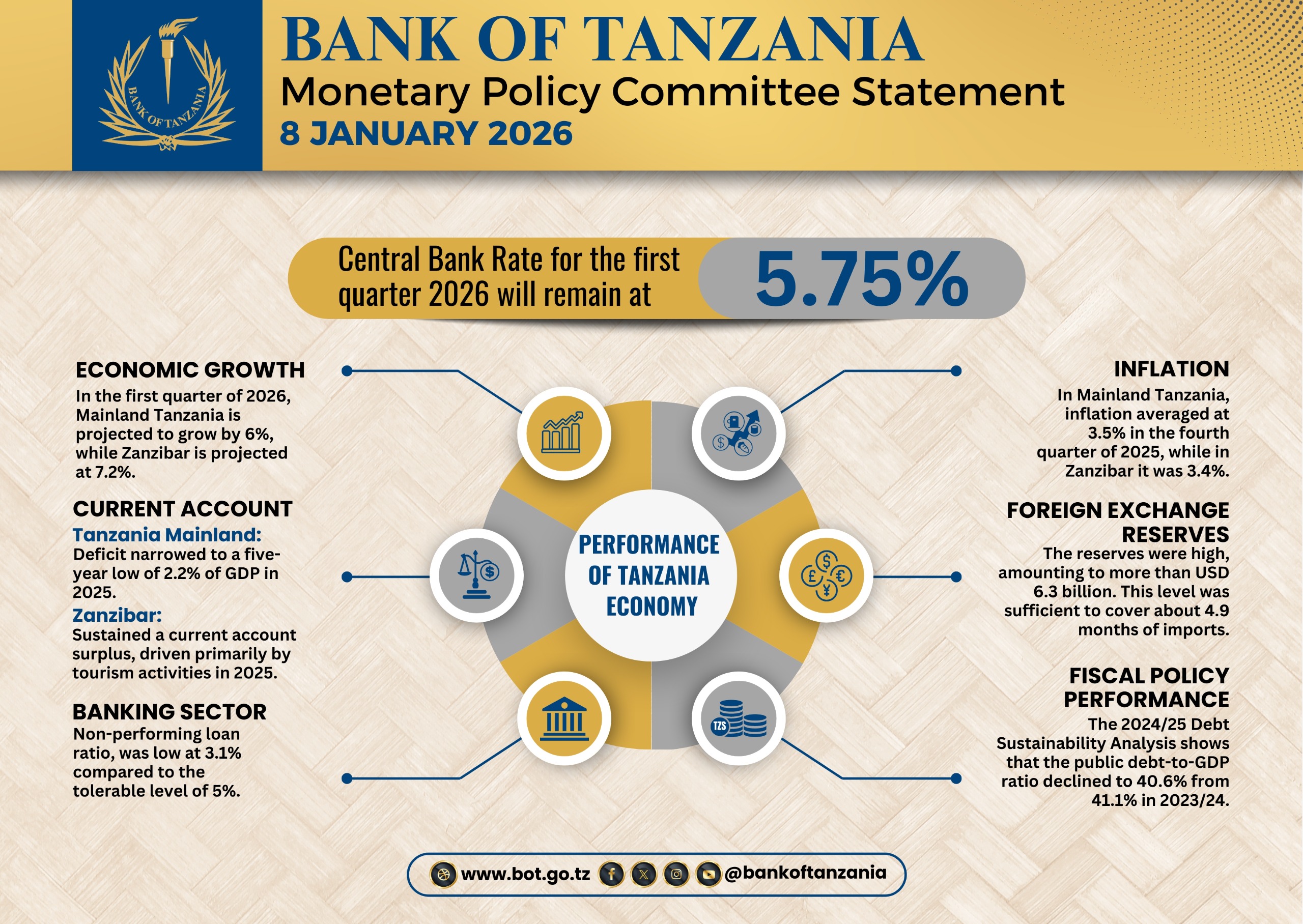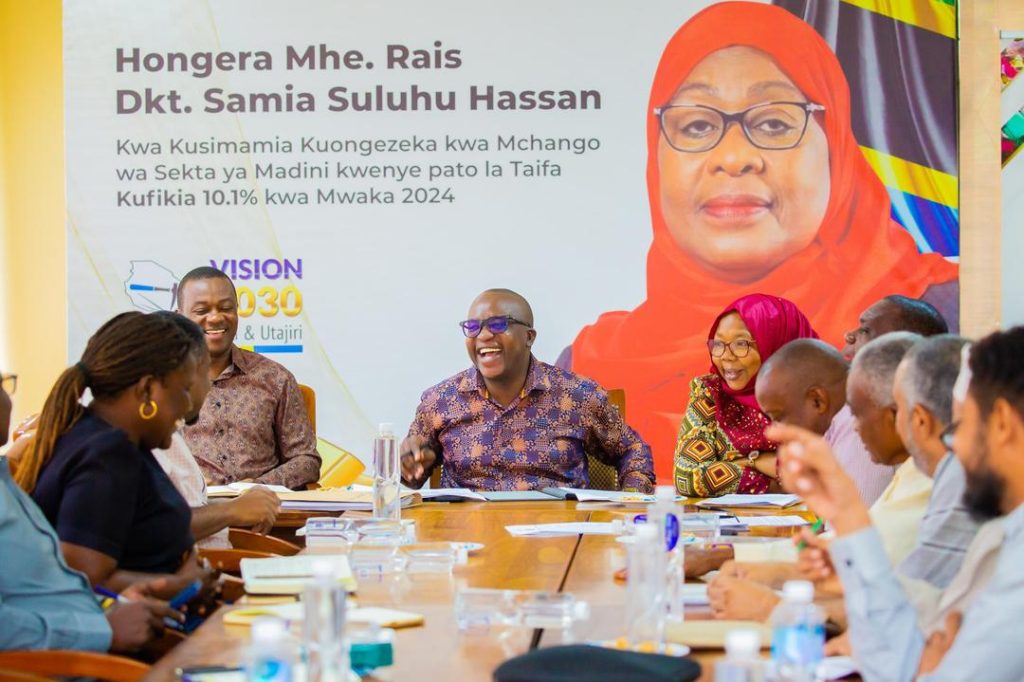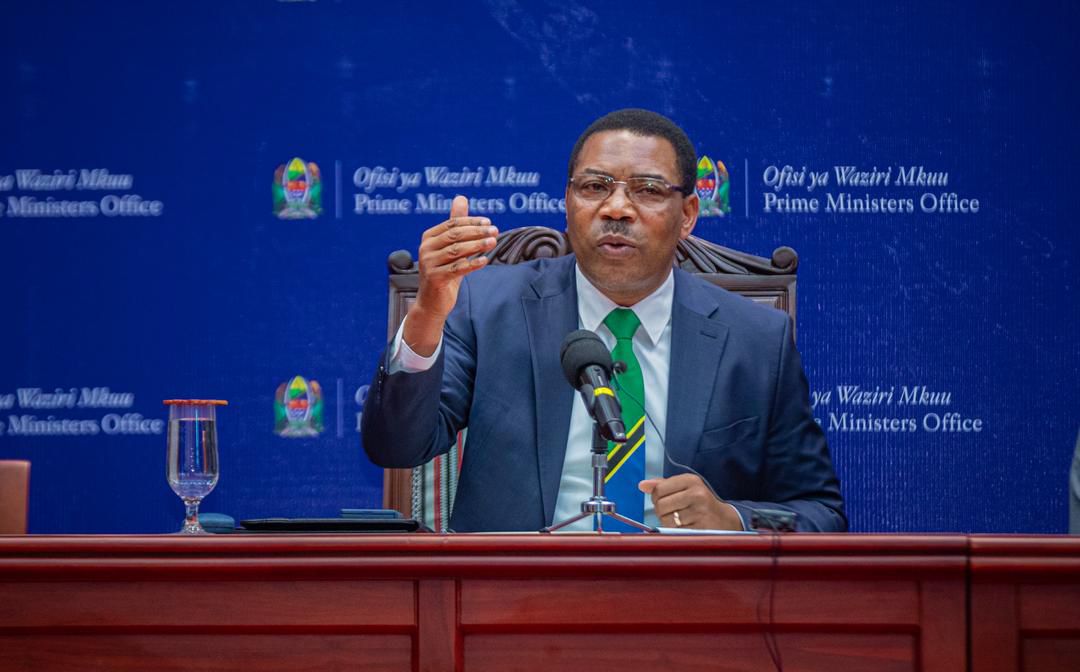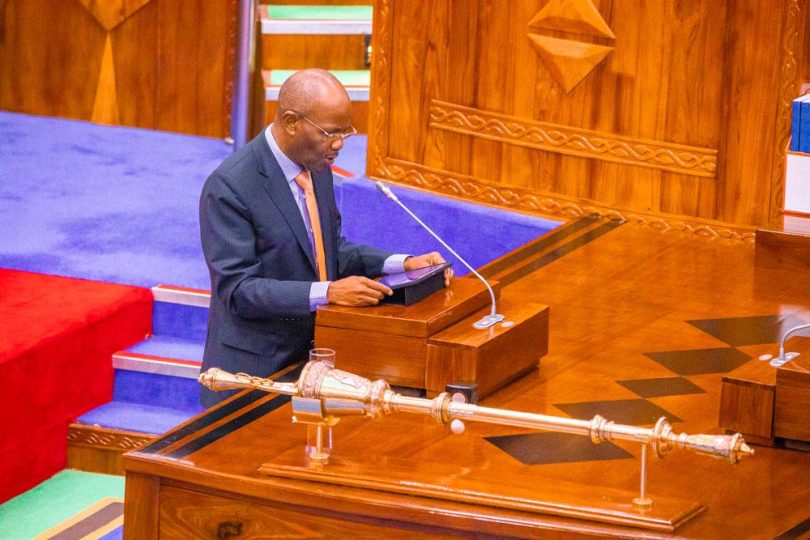Zanzibar. The Zanzibar Ports Corporation (ZPC) plans to spend over Sh2 trillion on the construction of port infrastructure across the Isles, including the development of an integrated port, in efforts to boost trade and support economic growth.
ZPC director general, Akif Ali Khamis, said the projects are part of the implementation of the 2025–2030 CCM Election Manifesto and will target ports such as Mpigaduri, Mangapwani, Fumba, and Wete in Pemba.
Speaking at the ZBC offices in Rahaleo on June 20, Mr Khamis said the completion of these port projects will significantly increase the handling capacity of cargo, enabling the ports to accommodate up to 400,000 containers and thereby raising government revenue.
He revealed that over 20 percent of the funds allocated for the construction of the Mangapwani Port have already been disbursed.
The port is expected to ease congestion at the Malindi Port by handling up to 100,000 tonnes of goods, including edible oil, liquefied gas, and general cargo, thereby reducing importation costs.
“We have successfully implemented the majority of the development goals outlined in the CCM manifesto and have surpassed several targets,” Mr Khamis said.
Meanwhile, the director general of the Zanzibar Maritime Authority, Mr Mtumwa Said Sandali, said the authority remains committed to registering ships and small vessels, maintaining the marine environment, and conducting technical inspections to ensure passenger safety.
He added that under the same development plan, the authority intends to establish a Maritime Training Institute to enhance youth employment.
The institute, which will operate under the State University of Zanzibar (SUZA), will provide seafaring education once the necessary procedures are finalised.
Mr Sandali also noted that the operational capacity of the Malindi Port currently stands at around 40 percent. Once the new ports become operational, they are expected to further cut the cost of importing fuel and other essential goods.







